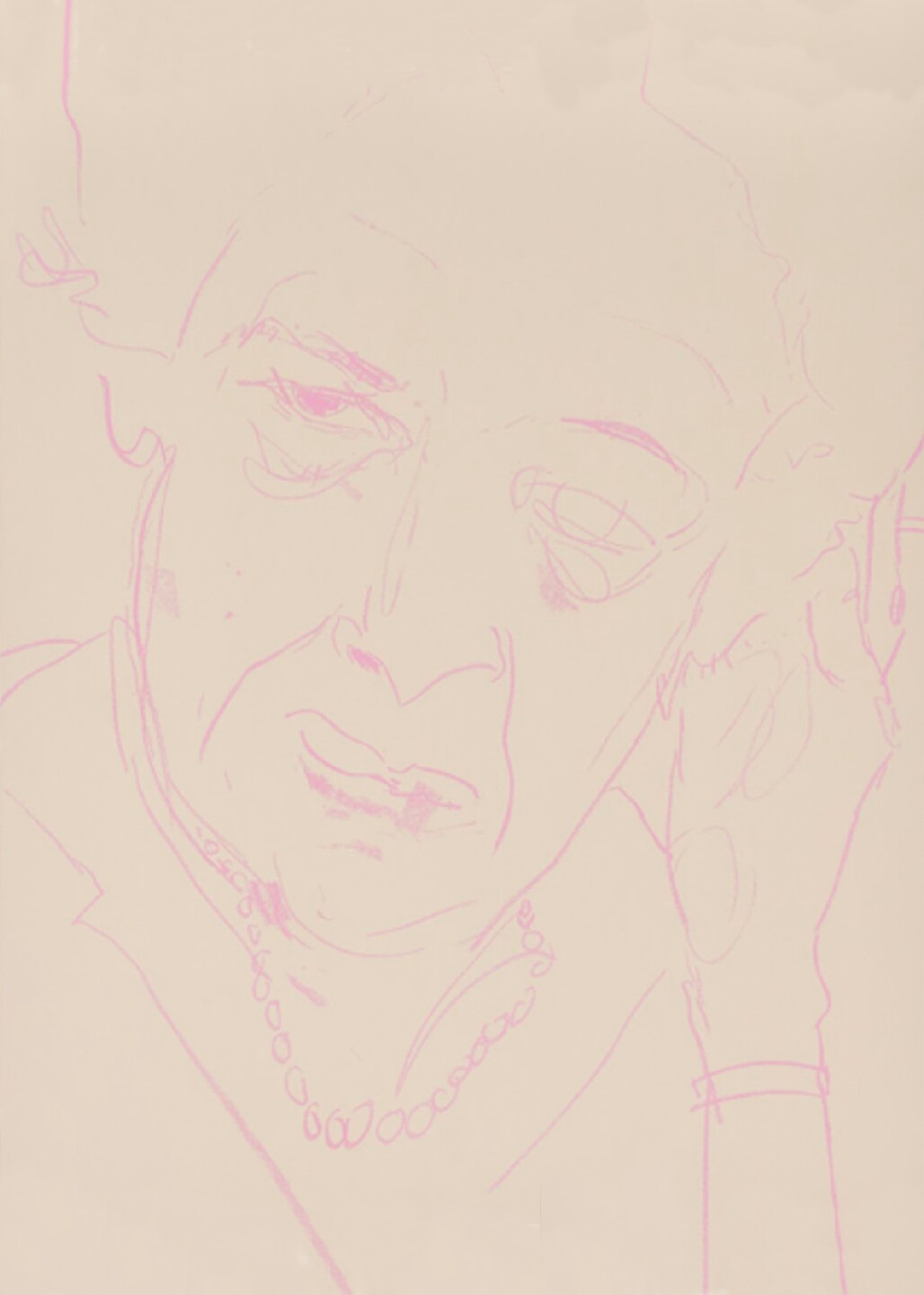August 10–October 13, 2024
Goseriede 11
30159 Hanover
Germany
Hours: Tuesday–Sunday 11am–6pm,
Thursday 11am–8pm
Artists: Monica Bonvicini, Angela Bulloch, Claire Fontaine, Gabrielle Goliath, Iman Issa, Laima Leyton, Ewa Partum, Ugo Rondinone, El Hadji Sy
this mere existence, that is, all that which is mysteriously given us by birth and which includes the shape of our bodies and the talents of our minds, can be adequately dealt with only by the unpredictable hazards of friendship and sympathy, or by ‘the great incalculable grace of love, which says with Augustine, Volo ut sis (I want you to be) without being able to give any particular reason for such supreme and unsurpassable affirmation. —Hannah Arendt, The Origins of Totalitarianism, 1951
As the wave morphs into a new horizon, the prelude unfolds as an invitation and anticipation, a foreplay and a dream: Is a poem real? Is an artwork real? Or is it all in the head, precisely the place that we must mistrust to protect our peace? (Claire Fontaine).
With the exhibition Me Myself, I Dance Too: Summer-Dream-Prélude to Hannah Arendt, Kestner Gesellschaft continues its exploration of the paramount importance and relevance of the groundbreaking oeuvre of the outstanding political theorist and philosopher, Hannah Arendt, who was born in Hannover on October 14, 1906.
The exhibition title refers to Arendt’s 1923/24 poem Dream:
Hovering feet in pathetic splendour.
Me myself,
I dance too,
Released from the heaviness
Into the dark, into the void.
Crowded chambers of times past,
Vast spaces walked through,
Solitudes lost
Begin to dance, to dance (…)
Introducing Kestner Gesellschaft’s autumn exhibition Between Past and Future: Eight Exercises in Political Thought, the exhibition Me Myself, I Dance Too. Summer-Dream-Prélude to Hannah Arendt elaborates Arendt´s concept of amor mundi—love of the world.
In her 1958 treatise The Human Condition, Arendt writes: Love, by its very nature, is unworldly, and it is for this reason rather than its rarity that it is not only apolitical but anti- political, perhaps the most powerful of all anti-political forces.
Arendt’s amor mundi—love of the world—is a relational form of love, based upon understanding and critical thinking rather than sentiment or affect; a promise of continued existence, a way of not resigning from the world when the world seems too unbearable to live in. What is most difficult, Arendt continues, is to love the world as it is. Loving the world means neither uncritical acceptance nor contemptuous rejection, but the unwavering facing up to and comprehension of that which is.
An important part of this exhibition consists of a performative discourse with contributions by Irmela von der Lühe, Thomas Meyer, Georg Hartmann, Juliane Rebentisch as well as readings from the letters between Hannah Arendt and Martin Heidegger, letters between Hannah Arendt and her friends and film screenings of Hannah Arendt by Margarethe von Trotta, Vita Activa: The Spirit of Hannah Arendt by Ada Ushpiz and a conversation with Hannah Arendt by Günter Gaus.
Kestner Gesellschaft Facade
Ewa Partum: new horizon is a wave
Kestner Gesellschaft is pleased to present a new project for it’s building’s facade: a neon work new horizon is a wave by Polish artist Ewa Partum.
Visual poetess and pioneer of Eastern European feminist and conceptual art Ewa Partum created a poetic manifesto new horizon is a wave in 1972 while contemplating the shore of the Baltic Sea and reflecting upon the constraints of sociopolitical life under the Communist regime. Originally conceived as a stamp within Partum’s iconic series poem by ewa and distributed worldwide by the artist via her own home-based, now legendary Gallery Adres in Łódź (soon to become a centre of the Polish mail-art), new horizon is a wave has been perceived as a bold announcement of the new to come, carrying a prophetic message of a necessity for a better future to arrive, a new perspective built upon change, constant movement and plurality.
Indicating a line at which the earth’s surface and the sky appear to meet, the horizon marks the limit of knowledge and experience—a border where the known and the unknown coalesce, where what we can see and traverse, encounters what is unseen, yet unexplored, and possibly impenetrable. Obscured on a foggy day, or crystal clear when the sky is blue, the horizon is the beginning of a new frontier, a zone of challenge and promise. For Ewa Partum, (a) new horizon is a wave: never still, often unpredictable, always evolving current, a revolutionary force which brings progress and rejuvenation, beyond dreams and desires, an embracement of the vastness of life and the interconnectedness of all things, ultimately, a tender indication of hope and belief in the infinite possibilities of the uncharted territories that stretch out before and beyond us.
Ewa Partum (born 1945 in Grodzisk Mazowiecki, Poland) belongs to the first generation of Polish conceptual artists, who paved the way for feminist performance and body art, testifying to the political activism of the former Eastern Europe. Affirming that “any act of thought is an act of art”, Partum focuses on the political economy of signs and the materialisation of language in her actions and installations in public space, as well as in her mail-art or visual or “active” poetry.



